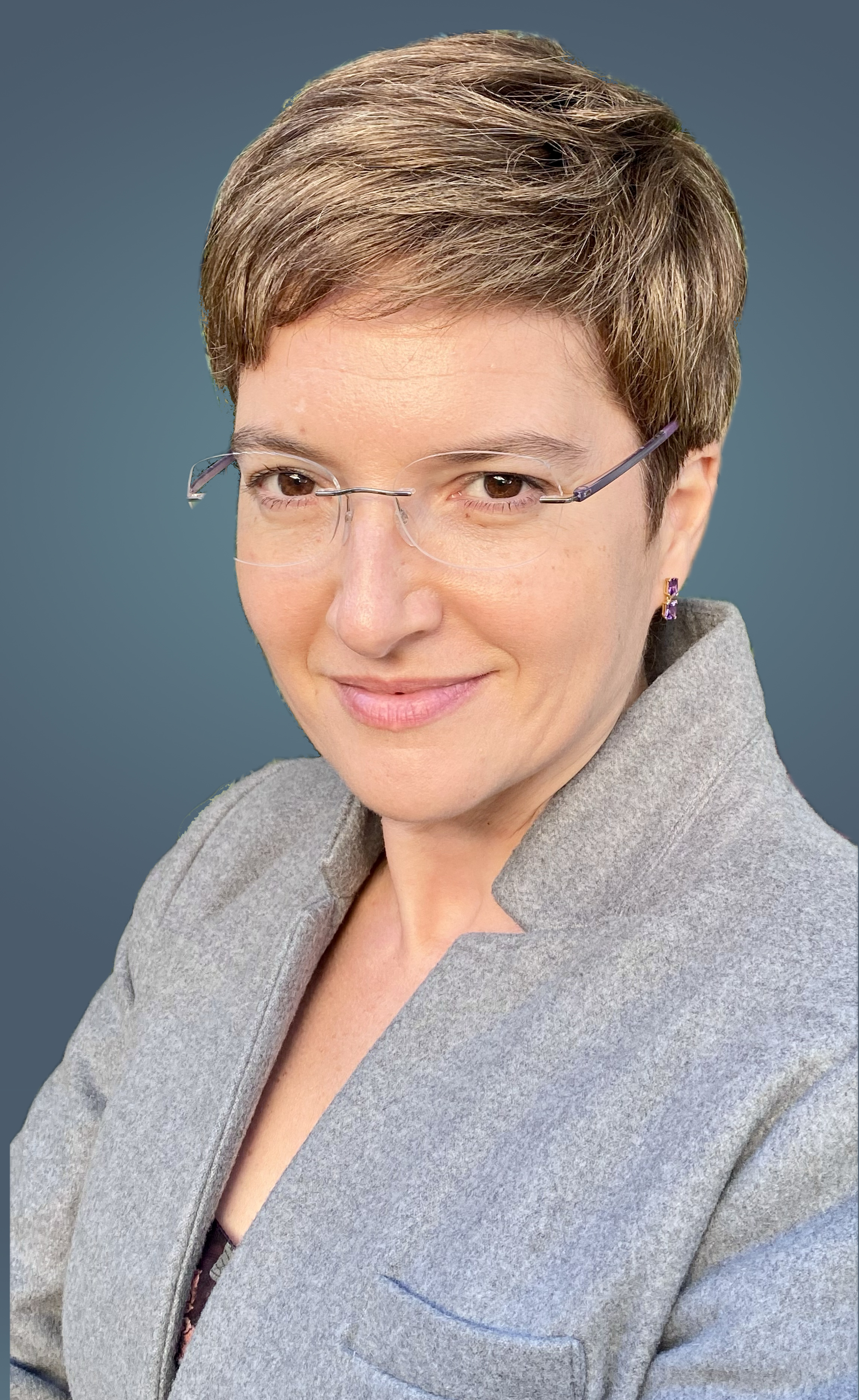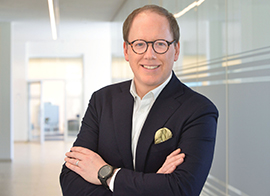

People need a healthy environment. As a healthcare company, we therefore see it as our responsibility to protect the climate and the environment, and to be careful in our use of natural resources. In line with our principle:
WE ACT TODAY FOR A BETTER TOMORROW
Over 100 years of heritage. Mindful of future needs and resources
Mapi, climate protection is a central aspect of the Fresenius Groups sustainability ambition – why so?
Mapi Henríquez de Armas: Climate change is no longer an abstract issue. Its effects, such as heatwaves and floods, frequently dominate global headlines and are becoming increasingly evident. Our company is not immune to these changes. On the one hand, we need to adapt our business activities to the shifting conditions - for example, in our healthcare facilities, we have to prepare for rising temperatures and more severe weather events to be able to provide best possible care for our patients also in the future. On the other hand, we also contribute to greenhouse gas emissions. Hence, we have a responsibility to contribute to climate protection and play a role in limiting global warming, the driving force behind climate change. While adapting to climate change is managed at a local level, we have set global emission reduction targets that help us to meet related expectations and to coordinate our efforts.
What do we want to achieve?
Mapi Henríquez de Armas: By 2030, we will reduce the greenhouse gases from our business activities and energy consumption by 50% compared to 2020. Our goal is to be climate-neutral in our own operations by 2040, through increasing energy efficiency and utilizing renewable energy sources. Any remaining emissions will be offset, for example, by supporting climate protection projects. At Quirónsalud, we have defined several impactful measures as part of our Energy and Climate Change Adaptation and Mitigation Plan. For example, the Sustainable Anesthesia Project aims to eliminate the use of nitrous oxide and desflurane in anesthetic practices, with recommendation for low flow and alternative options like intravenous therapy, without compromising patient care. Additionally, we are digitalizing processes and unifying building management systems across hospitals, allowing for coordinated and automated management of electricity, gas, and water consumption to ensure optimal performance and further enhance resource efficiency.
We are also focusing on upgrading infrastructure by replacing heating and cooling systems in our facilities with more efficient, lower-carbon alternatives, such as switching from diesel to natural gas boilers.
Our long-term goal is to achieve net zero by 2050, meaning that both our upstream and downstream value chain activities will also be climate neutral.

How realistic is it that we will achieve our Group goals and what drives you in your related work?
Mapi Henríquez de Armas: Overall, we are on the right track. Last year, for example, we reduced our our direct greenhouse gas emissions (Scope 1 and 2 emissions) as a Group by 27,2% compared to the base year 2020. The levers available to achieve our targets are the same everywhere. Wherever possible, we aim to increase energy efficiency and use renewable energy. Since 2022, Quirónsalud has been incorporating solar panels for electricity generation in our hospitals as part of our efforts to reduce our climate impact and ensure the sustainability of our energy supply. This has resulted in generating 5.6 GWh of electricity, amounting to 6% of the total electricity consumed in these centers.
Given that the healthcare sector accounts for around 4-5% of global greenhouse gas emissions, I am convinced that, as a leading company in the sector, we have a responsibility when it comes to climate protection. For me, the climate targets and a clear path towards decarbonization are proof that the issue is being taken seriously—both at the management and operational levels. It motivates me to know, that we as a company are fully committed to reducing our carbon footprint and fighting climate change and its consequences while continuing to deliver the best healthcare results and experiences for our patients.


